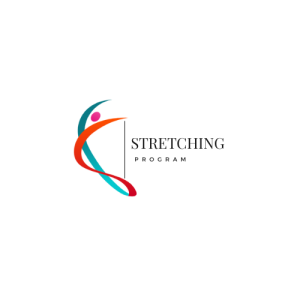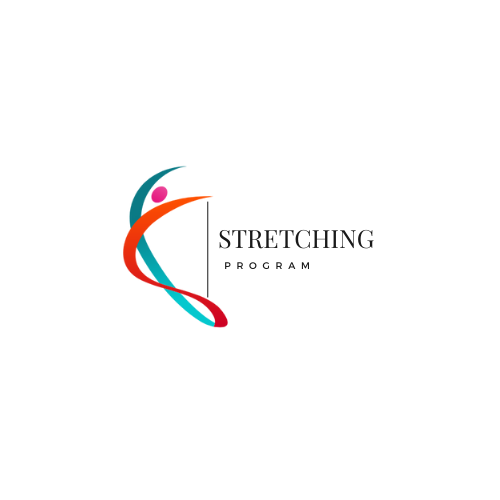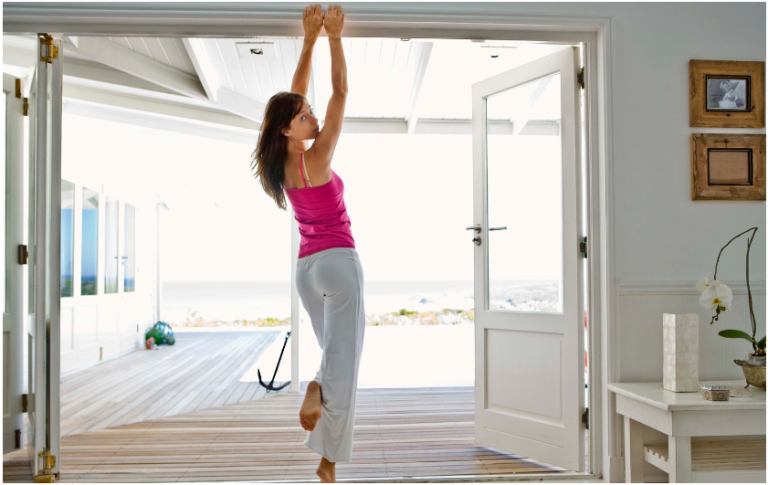
How Stretching Before and After a Workout Allows for Better Health and Performance

Stretching is often overlooked or skipped by many people who exercise, but it is an essential part of a complete workout routine and can significantly improve performance.
Stretching can help you improve your flexibility and range of motion, increase blood flow, and prevent injury, which collectively can improve performance.
It can also help you reduce muscle soreness, pain, and stress. In this article, you will learn about the benefits of stretching before and after a workout, the types of stretches you can do, and some tips on stretching correctly and safely.
What are the Benefits of Stretching Before and After a Workout?

Stretching has several specific benefits for your health and performance, such as:
- Increasing your flexibility and range of motion: Stretching can help you increase your flexibility, which is the ability of your joints and muscles to move through their full potential. This can help you perform better in your activities, prevent injuries, and reduce pain and stiffness. Stretching can also help you improve your range of motion, which is the degree of movement your joints can achieve. This can help you maintain good posture, balance, and coordination.
- Improving your blood flow and circulation: Stretching can help you improve your blood flow and circulation throughout your body, especially to your muscles. This can help you deliver more oxygen and nutrients to your tissues, improving your energy, recovery, and healing and contributing to improved performance and reduced muscle tightness post-exercise. Stretching can also help you remove waste products and toxins from your muscles, such as lactic acid, which can cause muscle fatigue and soreness.
- Preventing injuries and reducing pain: Stretching can help you prevent injuries and reduce pain by loosening your muscles and tendons, which can become tight and tense from exercise or daily activities. Tight muscles and tendons can limit your movement, increase your risk of injury, and cause muscle pain and spasms. Stretching can help you relax your muscles and tendons, reduce inflammation and swelling, and ease muscle tension and stress.
- Enhancing your performance and mood: Stretching can help you enhance your performance and mood by preparing your muscles for movement, improving your mental focus, and boosting your confidence. Stretching can also help you release endorphins, which are natural chemicals that make you feel good and reduce pain and stress.
What Type of Stretch Should I Do Before and After a Workout?
There are different types of stretches that you can do before and after a workout, depending on your goals and needs. The main types of stretches are:
- Static stretches: Static stretches are the most common type of stretches, where you hold a position for 10 to 20 seconds without moving, effectively increasing flexibility and blood flow to your muscles. Static stretches are best done after a workout when your muscles are warm and relaxed. Static stretches can help you increase your flexibility and range of motion, reduce muscle soreness and pain, and relax your mind and body. Some examples of static stretches are the hamstring stretch, the quadriceps stretch, and the shoulder stretch, all of which increase blood flow to your muscles and reduce the chances of feeling tight after a workout.
- Dynamic stretches: Dynamic stretches are active movements that mimic the exercises or activities you will do. Dynamic stretches are best done before a workout when your muscles are cold and stiff. Dynamic stretches can help you prepare your muscles for movement, increase blood flow and temperature, and improve your performance and coordination. Some examples of dynamic stretches are the arm circles, the leg swings, and the lunges.
- Ballistic stretches: Ballistic stretches are a type of dynamic stretch that involves bouncing or jerking your muscles beyond their normal range of motion. Ballistic stretches are not recommended for most people, as they can cause muscles to stretch too far, increase your risk of injury, and trigger the “fight or flight” response, which can tense your muscles and reduce your performance. Ballistic stretches are only suitable for some athletes or professionals who need to perform explosive movements, such as sprinters or dancers.
How do you stretch correctly and safely before and after a workout?
To stretch correctly and safely before and after a workout, you should follow these tips:
- Warm up before stretching: Before you stretch, you should warm up your muscles with some light cardio, such as jogging, cycling, or skipping. This can help you increase blood flow and temperature and prevent injuries and pain. You should warm up for at least 5 to 10 minutes before stretching.
- Choose the right stretching exercises: Depending on whether you are stretching before or after a workout, you should choose the right exercises for your goals and needs, considering that stretching before exercise can help reduce the risk of injury. As a general rule, you should do dynamic stretches before a workout and static stretches after a workout. It would help if you also decided stretching exercises that target the muscle groups you will use or have used in your workout, such as your legs, arms, or back, to help reduce soreness and improve recovery.
- Stretch gently and gradually to increase flexibility and promote muscle blood flow.: When you stretch, you should stretch gently and gradually without forcing or bouncing your muscles. You should feel mild tension or discomfort, but not pain. If you feel pain, you should stop or ease off the stretch. You should also breathe normally and relax your muscles as you stretch.
- Hold each stretch for the right amount of time: When you stretch, you should hold each stretch for the right amount of time, depending on the type of stretch and your goals. Generally, you should hold dynamic stretches for 10 to 20 seconds and static stretches for 10 to 20 seconds. You can repeat each stretch 2 to 3 times or as needed.
- Stretch regularly and consistently: To get the most benefits from stretching, you should stretch regularly and consistently as part of your workout routine. You should stretch at least 2 to 3 times a week, or more if you are very active or have tight muscles, to maintain or increase flexibility and reduce soreness. It would help if you stretched before and after each workout, or whenever you feel stiff or sore.
Summary
Stretching before and after a workout improves health and performance by increasing flexibility, range of motion, and blood flow and preventing injuries and pain. Stretching can also improve your mood and confidence by preparing your muscles for movement, improving mental focus, and releasing endorphins.
To stretch correctly and safely, you should warm up before stretching, choose the right stretching exercises, stretch gently and gradually, hold each stretch for the right amount of time, and stretch regularly and consistently. By following these tips, you can take advantage of a complete workout routine that includes stretching and improving your overall health and well-being.
Here are some key points to remember:
- Stretching before and after a workout can help you improve your flexibility, range of motion, and blood flow and prevent injuries and pain.
- It would help if you did dynamic stretches before a workout and static stretches after a workout.
- It would help if you stretched gently and gradually, without forcing or bouncing your muscles, to help reduce the risk of injury.
- Hold each stretch for 10 to 20 seconds and repeat 2 to 3 times.
- You should stretch at least 2 to 3 times a week, or more, if you are very active or have tight muscles.
- It would help if you stretched before and after each workout, or whenever you feel stiff or sore.
I hope you enjoyed this article and learned something new about how stretching can help reduce the amount of tightness experienced after a workout. If you have any questions or comments, please leave them below.
Suppose you need more help with your stretching or exercise program. In that case, you can contact a physical therapist today to learn more about how physical therapy can help you improve your overall health and performance. Thank you for reading, and happy stretching! 😊



